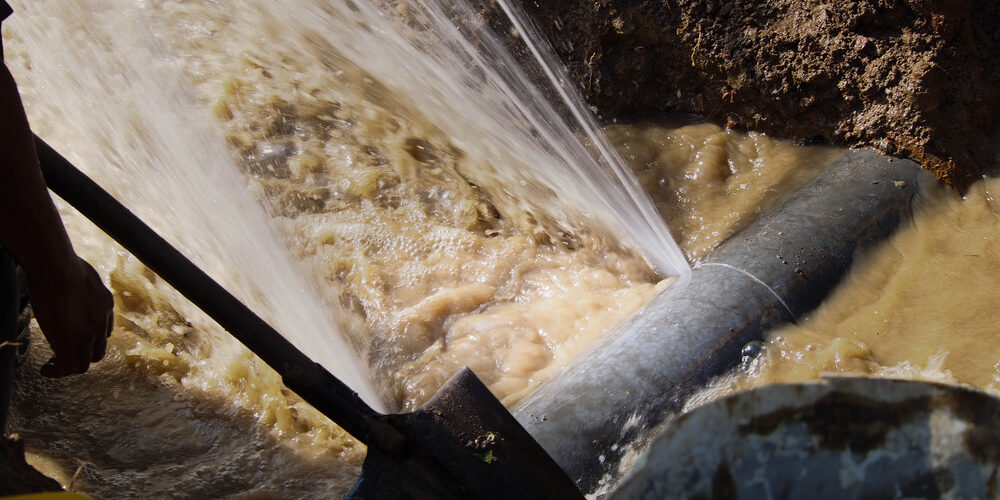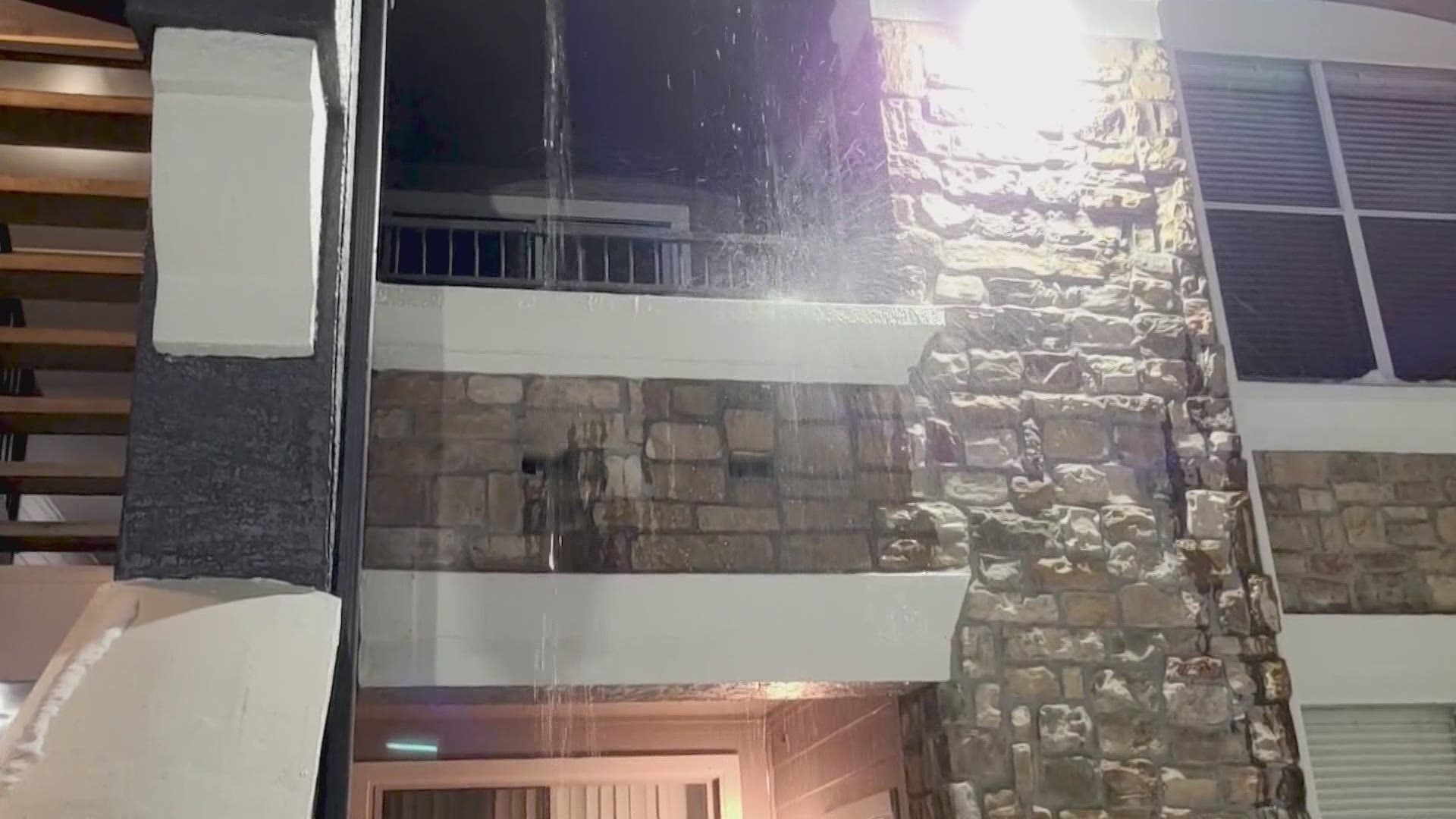From Detection to Correction: A Fast Approach to Handling Burst Pipes
From Detection to Correction: A Fast Approach to Handling Burst Pipes
Blog Article
What're your thoughts about How to Prepare for Your Dishwasher Installation?

A ruptured pipe is a major emergency; you can just stand as you view water you pay a lot to reunite with the planet. In worse instances, you notice a swimming pool on your kitchen flooring, which is a great trip threat, especially if you have youngsters around. If the pipe that ruptured remained in your walls, trouble: you may need to paint that entire area.
Just how can a disaster like a ruptured pipe be stopped and also managed? Well, by paying attention to your specialist emergency plumbings as well as adhering to these guidelines.
Exactly how do I understand when my pipelines have burst?
Changing water stress
Pipes do not just burst in a day. You might have noticed that your kitchen faucet or shower does not run immediately when you transform the faucet. It may stop briefly for a couple of secs and then blast you with more pressure than common.
In other instances, the water might appear regular at first, then decrease in stress after a couple of seconds.
Contaminated water
Lots of people think a ruptured pipeline is a one-way outlet. Quite the contrary. As water drains of the hole or tear in your plumbing system, impurities find their way in.
Your water may be polluted from the resource, so if you can, inspect if your water container has any kind of problems. However, if your drinking water is supplied as well as cleansed by the local government, you need to call your plumber quickly if you see or smell anything funny in your water.
Puddles under pipes and sinks
When a pipe bursts, the outflow develops a puddle. It may appear that the puddle is expanding in dimension, as well as regardless of the amount of times you wipe the pool, in a few minutes, there's one more one waiting to be cleaned up. Commonly, you might not have the ability to map the pool to any type of visible pipes. This is an indication to call an expert plumber.
Wet walls and water stains
Before a pipe ruptureds, it will certainly leakage, the majority of times. If this relentless dripping goes undetected, the leak may graduate right into a large tear in your pipeline. One simple method to avoid this emergency is to look out for wet wall surfaces advertisement water spots. These water spots will lead you right to the leak.
Untraceable leaking sounds
Pipe bursts can take place in one of the most unpleasant areas, like within concrete, inside wall surfaces, or under sinks. When your home goes silent, you might be able to hear an aggravatingly consistent dripping noise. Even after you have actually examined your shower head as well as kitchen area tap, the trickling might continue.
Dear viewers, the leaking may be coming from a pipeline inside your wall surfaces. There isn't much you can do regarding that, except inform a professional plumber.
Turn up the Heat
Establish fans to blow heat right into chilly rooms. Maintain the garage door shut. If you have reduced water circulation, warm the most at risk pipes (usually in cellars as well as crawl spaces or near exterior wall surfaces) with a hair dryer. Leave the faucet on while you use heat. As you thaw ice, the circulation will increase. To stop pipelines from freezing, shield your walls.
Start Removing the Water
Get the wipe, containers and a store vacuum to begin to get rid of the water due to the fact that you definitely do not want it saturating into everything else in your home. Plus, a fast clean up will certainly reduce the possibilities of something obtaining moldy.
What do I do when I identify a burst pipe?
Your water meter will certainly continue to run even while your water wastes. To decrease your losses, find the primary controls and also turn the supply off. The water pipe are an above-ground framework at the edge of your residential or commercial property.
How to Fix & Detect a Leaking Pipe
How Do I Know if a Pipe is Leaking?
Leak detection tests can help you determine if your pipe has a leak. Even if you don’t see an apparent leak, you should still conduct leak detection tests regularly to save water and money—and prevent major damage to your home.
Water meter. It can be helpful to figure out what your usual water meter usage numbers are and then monitor them regularly. To monitor your meter, first, turn off all water faucets in your home. Check the meter and write down the numbers. In a few hours, check the meter again. If the numbers have changed, you have a leak. Water gauge. Use a water gauge to test your water pressure. Your showerhead should produce a certain amount of water pressure based on its model and design. If the pressure is lower than it is supposed to be for that specific showerhead, your home likely has a leak. Puddles. Look inside your bathroom, laundry, and kitchen sink cabinets. Puddles around the cabinets or around toilets, tubs, showers, and washing machines indicate the presence of a leaking pipe. You may also notice loose tiles, peeling or flaking paint, or mold caused by water accumulation. Napkin test. Even if you don’t see any puddles, you may still have a leak. You can test for water leaks in the bathroom, laundry, and kitchen by wiping below-sink connections with a napkin, paper towel, or piece of toilet paper. If it becomes damp, you probably have a leaking pipe under the sink. Discolored walls. Walls that are discolored—usually with brown or yellow stains—or bulging might mean that they have been impacted by water damage caused by a leaking pipe. Smell. A leaky pipe will create sitting water, and over time, that water may develop a musty smell. If your home smells musty, but you can’t locate the source, it may be due to a leak. Steps for Fixing a Leaking Pipe
A leaky drain can be remedied by tightening the pipe base, replacing the drain seal, caulking the rim, and tightening the pipe nut. Similarly, a leaking toilet pipe can be treated by tightening the packing nut. You may also need to replace the valve. A leaky faucet may just need tightening or replacement of the washers. If that doesn’t work, consider replacing your faucet. If your pipe has a hole in it, you may want to use a pipe leak sealer or pipe leak tape. This quick fix for water pipe leaks can also temporarily fix a copper pipe leak. https://www.ahs.com/home-matters/quick-tips/how-to-tell-if-pipes-are-leaking/

I was brought to that article about How to install a dishwasher safely from a good friend on our other web page. Do you know about anybody else who is very much interested in What to Know Before Installing a Dishwasher? Take a moment to share it. We love reading our article about How to Prepare for Your Dishwasher Installation.
Get Your Estimate Now
Report this page